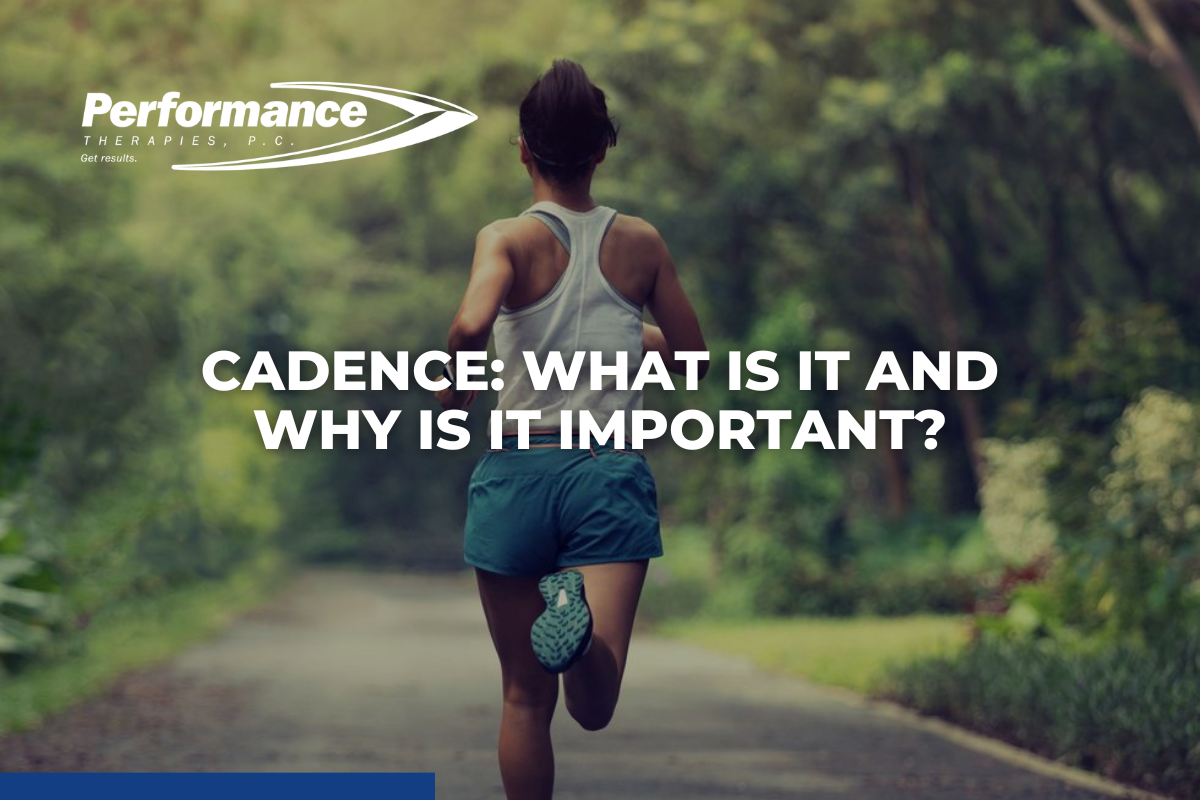Cadence: What is it and why is it important?

Running cadence is the number of steps taken per minute.
Research has shown that increasing cadence by 5-10% can reduce the stress placed upon the body thus reducing injuries.
Increasing the step rate reduces ground reaction forces by:
- Reducing the body’s vertical displacement. Less bounce means less impact on the body.
- Decreases over-striding. The further the foot hits the ground in front of the body’s center of mass, the more the body puts on the “breaks”. This means your body has to work harder to propel the body forward and wastes energy. Less breaking would lead to more energy spent accelerating the body forward.
- Improves the tissue’s ability to respond to the forces. Optimal cadence results in efficient storage and release of energy in the muscles and tendons.
You can calculate your base cadence by counting the number of time your right foot hits the ground in one minute and multiply that number by two. You can take that number and multiply it by 5% to calculate the new cadence.
Example: 160 steps per minute x 5% = 168 steps per minute

The best (and easiest) way to train your new cadence is to utilize a metronome app or an app which uses songs with a similar beat per minute. The goal is to take a step with the beat of the tempo.
Your cadence is important to ensure that you aren’t putting unwanted stress on your body. If you feel that your cadence needs correction or you are experiencing issues while walking/running then make sure to check our resources on gait analysis. Our physical therapist Ashley Chizek is certified to perform gait analysis to help diagnose these issues that may be caused by walking/running mechanics.
You can check out our blog, Improve Your Running with Gait Analysis as well as our Youtube page to see if it’s right for you. To get started, fill out the form below to request a consultation with Ashley.